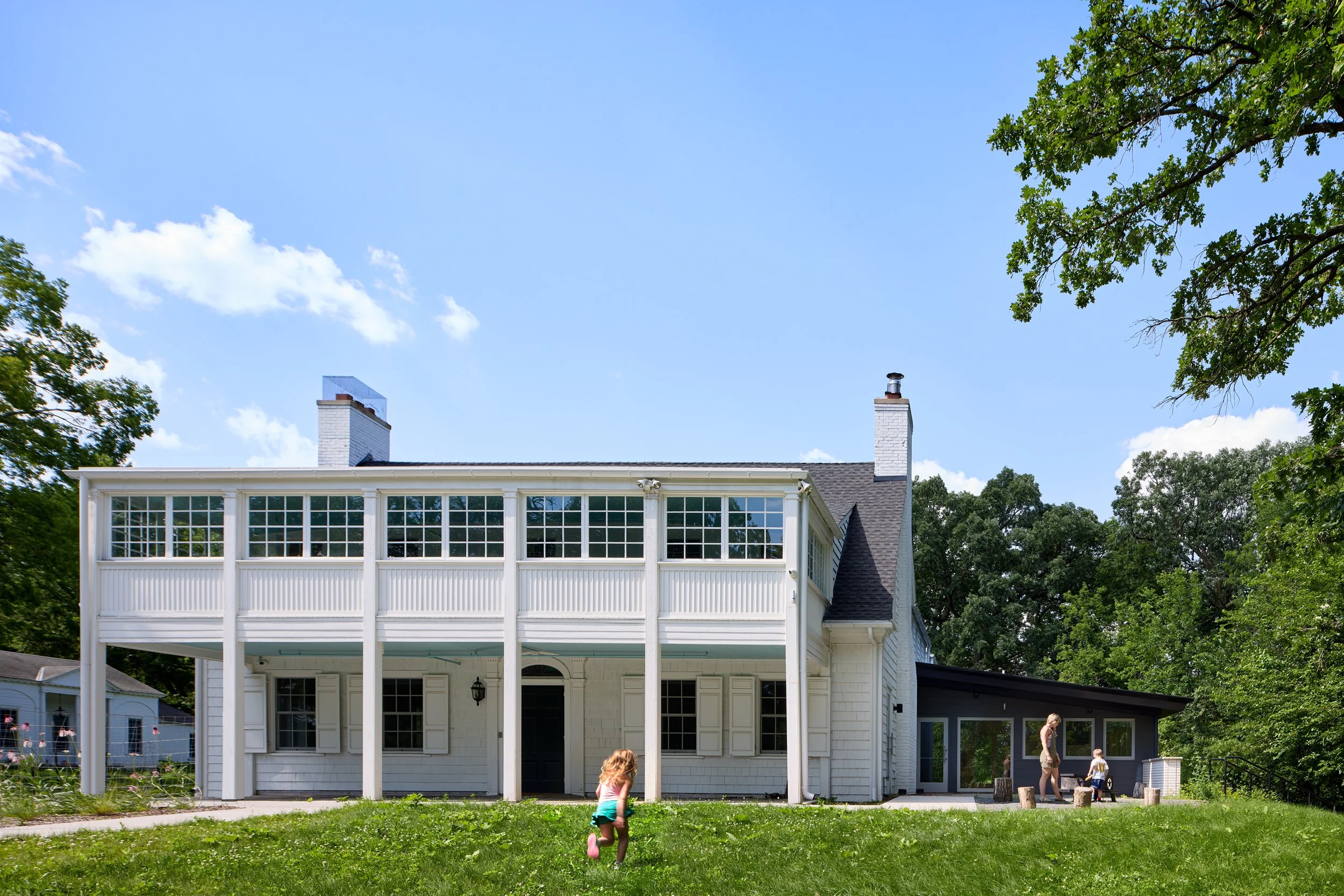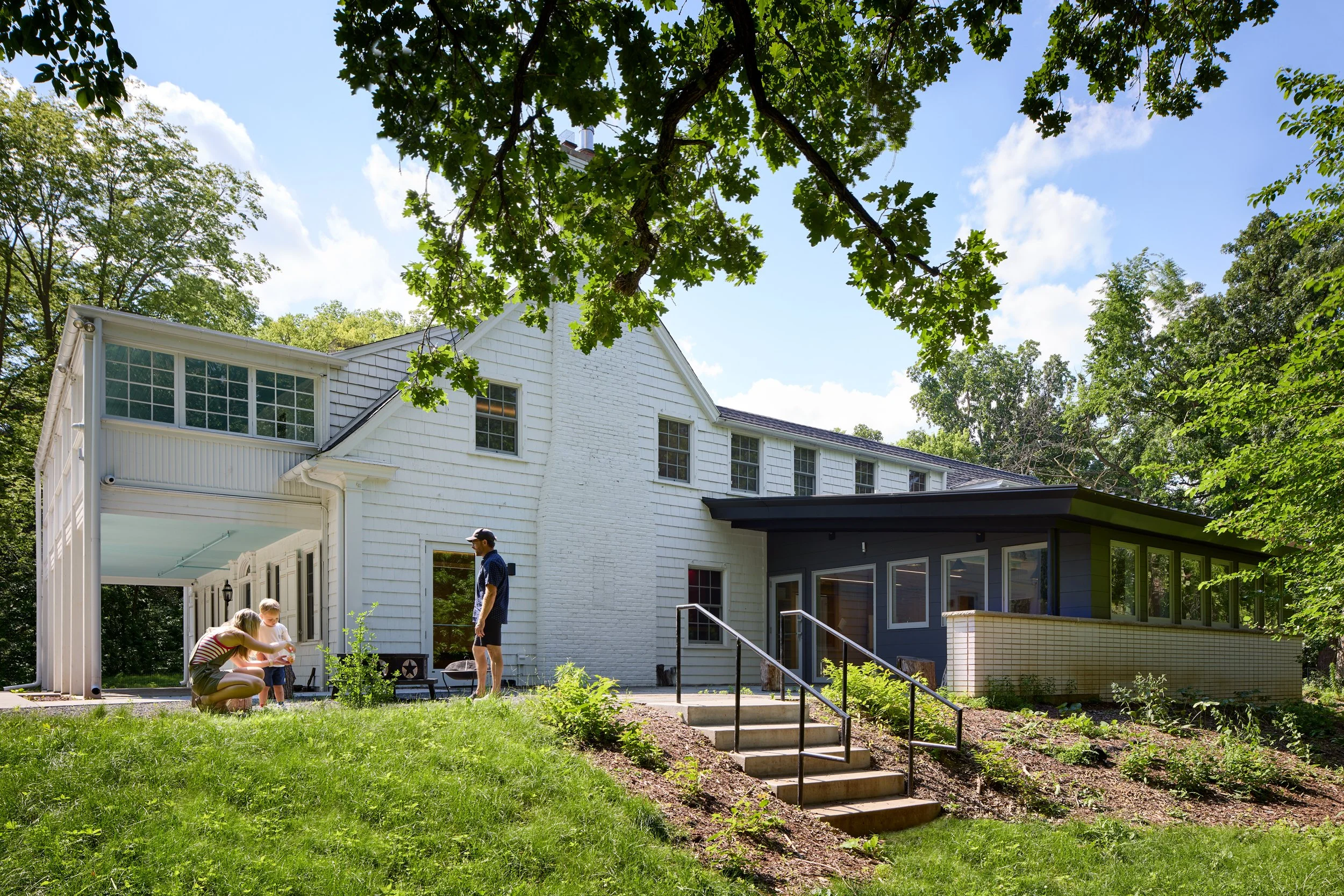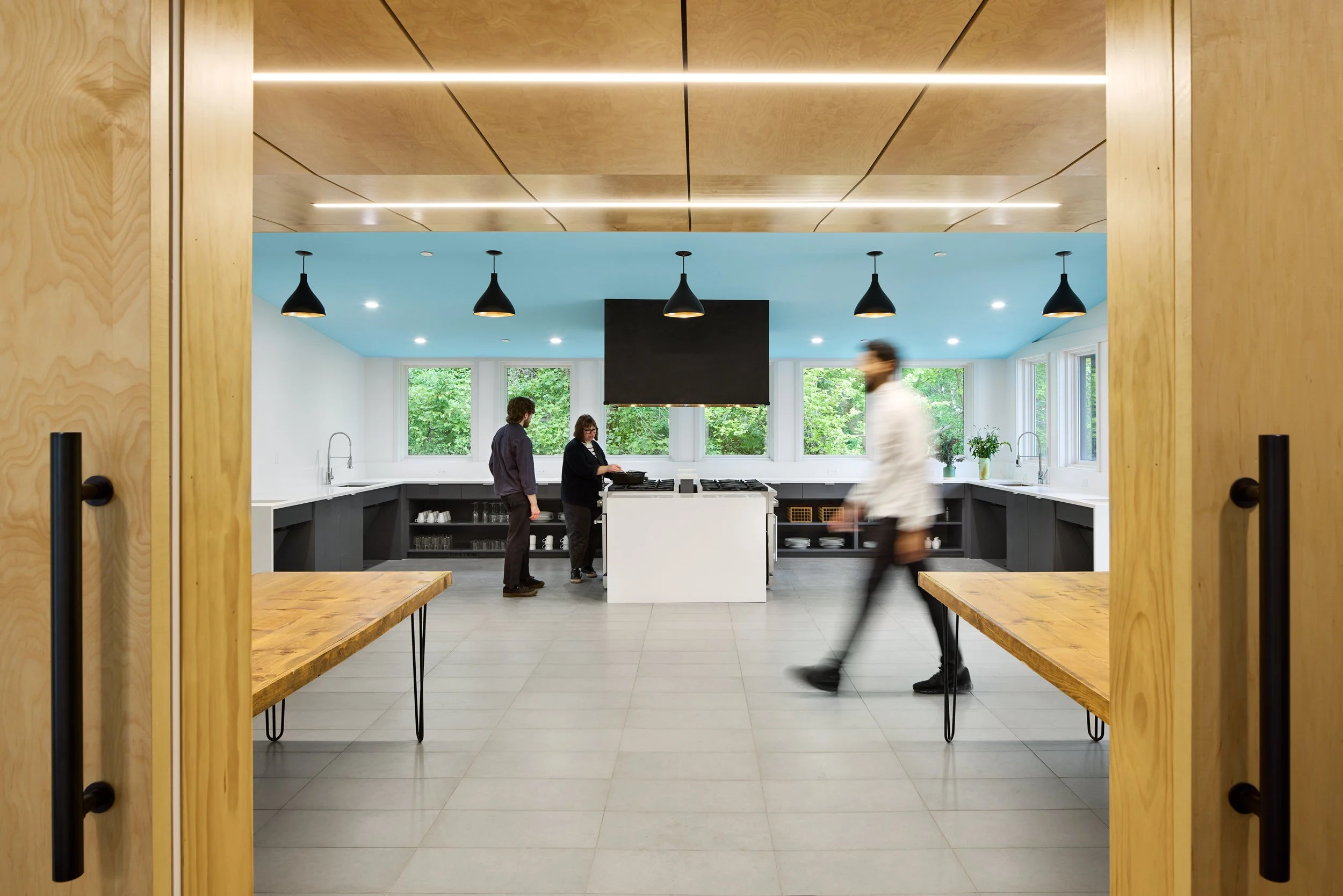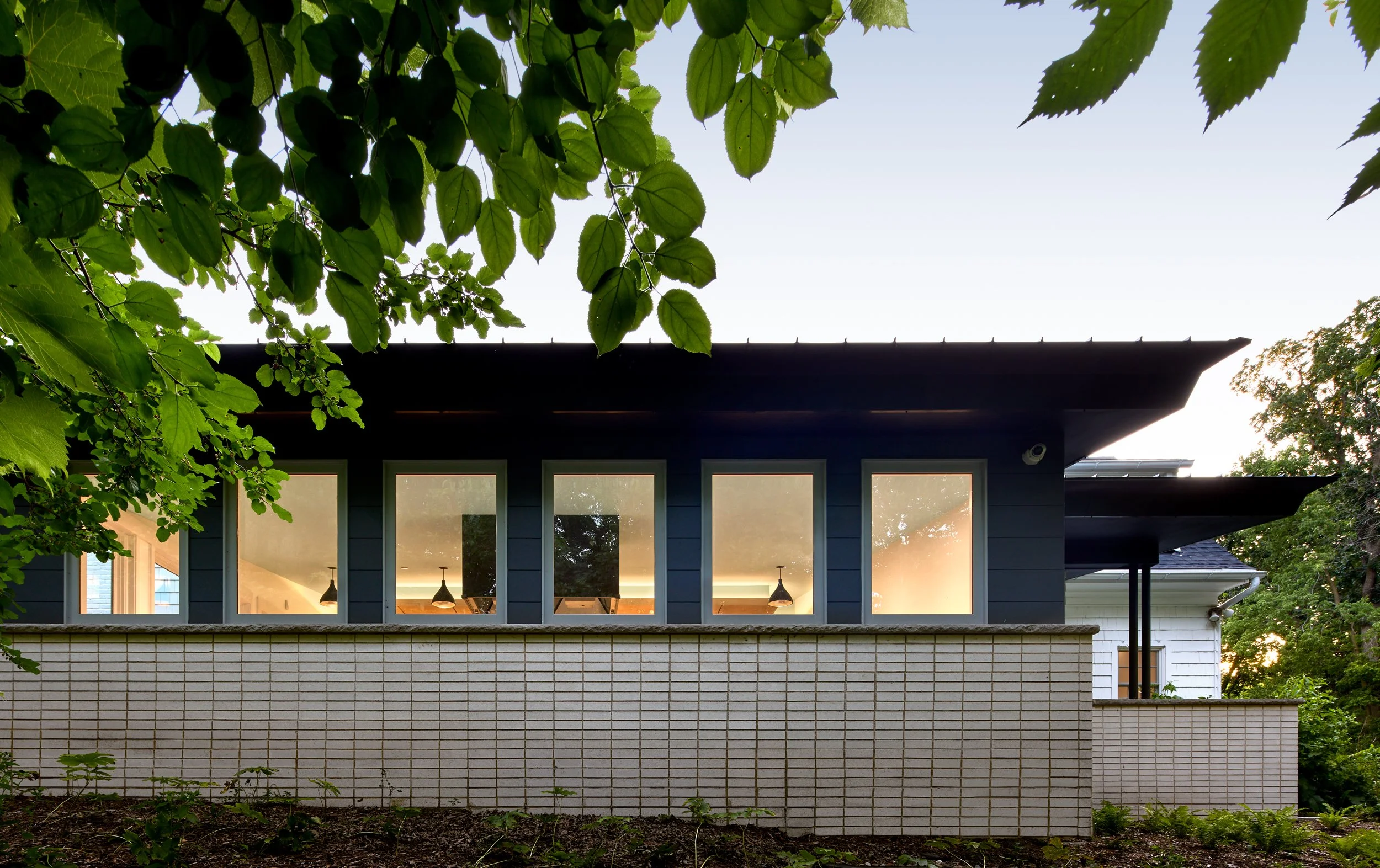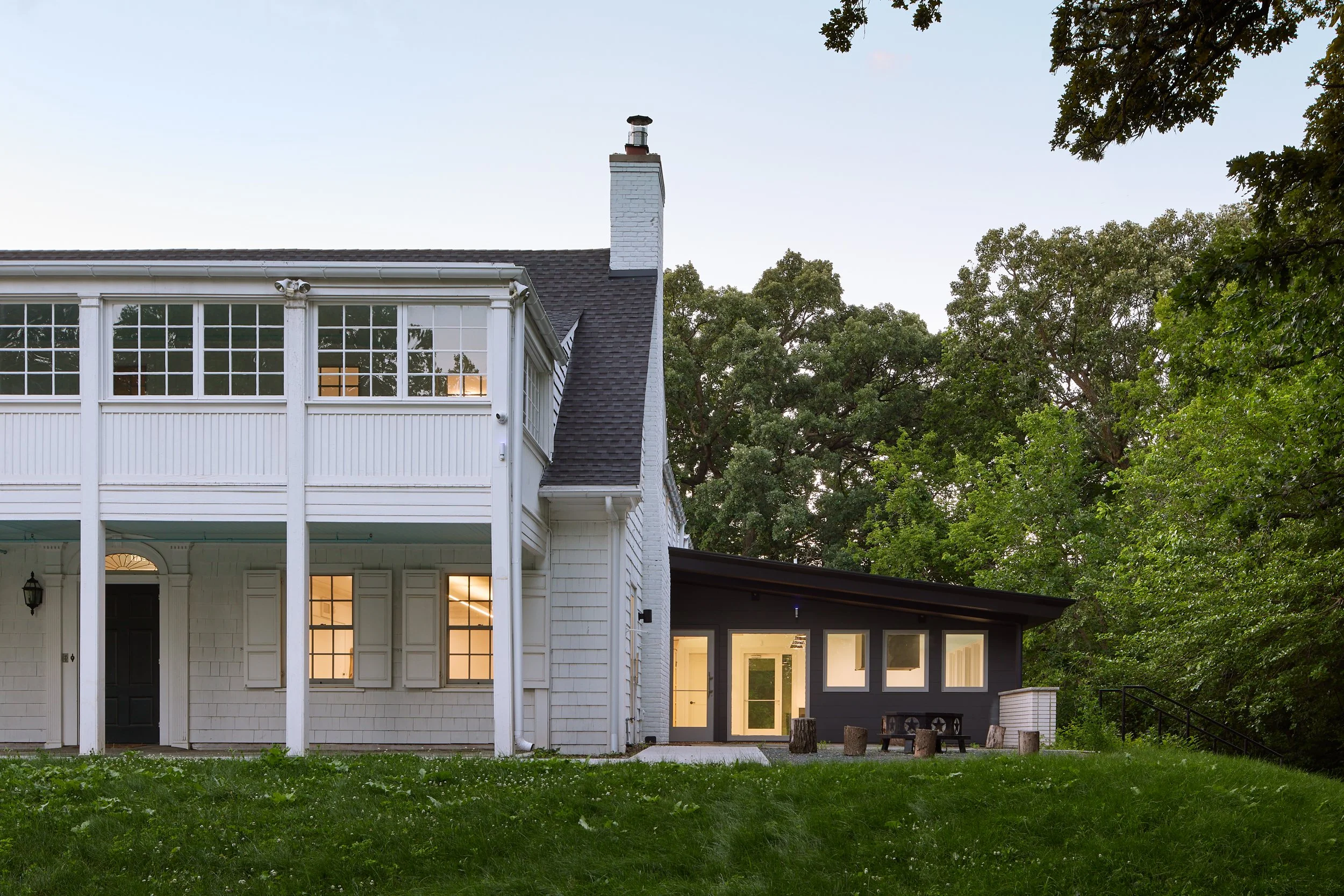Dodge Nature Center at Shepard Farm
Cottage Grove, MN | Community
Founded in 1967 by environmentalist Olivia Irvine Dodge, Dodge Nature Center began as one of the first nature centers in the state of Minnesota with a mission to provide environmental education and preserve green space in the heart of the Twin Cities. Initially established on a 40-acre parcel in West St. Paul, the organization grew steadily, becoming a regional leader in hands-on environmental learning for students, families, and lifelong learners. Over the decades, Dodge Nature Center expanded its educational programming to include farm and animal care, outdoor survival skills, and conservation science, all while protecting critical natural habitats and restoring native ecosystems.
In 2013, Dodge Nature Center expanded its mission with the donation of Shepard Farm in Cottage Grove—a 140-acre mix of farmland, prairie, and woodlands centered around a historic 1920s farmhouse. Designed by Massachusetts-born architect Thomas Holyoke, the Colonial Revival farmhouse is a practical yet formal style typical of New England but rare in the Midwest. This unique design made the preservation of the farmhouse a clear priority.
The farmhouse renovation began in 2020 as a grassroots effort to make the building the cultural and educational heart of Shepard Farm. With strong community support, Dodge set out to create a space that honors the site’s history while meeting future needs. The project focused on two goals: making the building fully accessible and ensuring it could operate sustainably for years to come, both in the spirit of advancing Dodge’s mission of stewardship, inclusion, and lifelong learning.
The project carefully preserved the farmhouse’s historic character while introducing essential modern upgrades. A demonstration kitchen was added to support farm-to-table programs and seasonal events, reinforcing the site's connection to food, land, and community. To ensure inclusivity, a new elevator, accessible restrooms, and barrier-free entries were seamlessly integrated into the design. Today, the restored farmhouse stands as both a functional facility and a cultural anchor—rooted in history, responsive to community needs, and equipped to support Dodge’s mission well into the future.
Sustainability guided every design decision—from restoring original materials to implementing a comprehensive deep energy retrofit. Windows and doors were replaced with historically appropriate, high-efficiency units to improve thermal performance while preserving the farmhouse’s character. Insulation was upgraded throughout the walls, roof, and foundation, and air sealing brought the envelope to modern standards. Discreetly integrated high-efficiency mechanical systems and ventilation further reduce energy use. These upgrades transformed the historic farmhouse into a high-performance, year-round facility that supports Dodge Nature Center’s enduring commitment to environmental stewardship and education.
Dreaming big?
PROJECT PHOTOS BY GAFFER PHOTOGRAPHY




